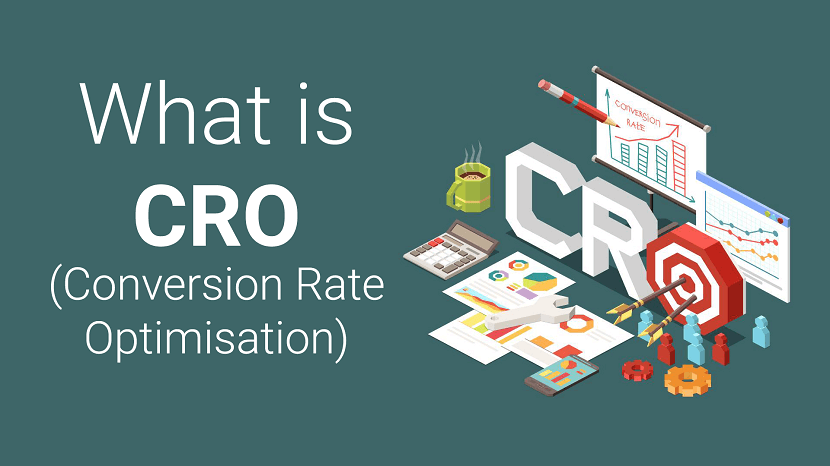
Today, most marketing teams are focused on driving traffic toward websites in hopes that this traffic then converts into qualified leads for sales reps to close. But that's only half the battle.
Getting more out of existing traffic and leads (versus entirely new traffic) can propel companies toward long-term, sustainable growth. That's where conversion rate optimization (CRO) comes in. In this guide, you'll learn about the power of CRO, why your business should focus on improving your conversion rate, and how to get started.
Conversion Rate Optimization
Conversion rate optimization, or CRO, is the process of enhancing your website to increase the number of leads you generate. CRO is achieved through content enhancements, split testing, and workflow improvements. Conversion rate optimization results in highly-qualified leads, increased revenue, and lower acquisition costs.
What is a conversion rate?
A conversion rate is the percentage of visitors who complete a desired action, like completing a web form, signing up for a service, or purchasing a product.
A high conversion rate means your website is well-designed, formatted effectively, and appealing to your target audience. A low conversion rate could be the result of a variety of factors related to either website performance or design. Slow load times, a broken form, or copy that doesn’t convey the value of the offer are common reasons for a poor conversion rate.
What is a good conversion rate?
A "good" conversion rate depends on your industry, niche, goals, traffic channel, and audience demographics, among other factors. For example, the average conversion rate of ecommerce sites globally was 2.17% in the third quarter of 2020, which was down from 2.37% the previous year. The ecommerce conversion rate in the US was higher, however, at 2.57%.
The average not only differs by year and by country — it also differs by niche. For example, the average conversion rate of ecommerce sites in the food and beverage sector is 5.5% whereas the average in the hair care sector is 3.5%.
If your conversion rate is lower than you'd like — maybe it's below average in your industry, or lower than your top competitors, or simply underperforming against your own goals — then it's time to optimize.
Conversions can happen all over your website: on your homepage, pricing page, blog, landing pages, and more. To maximize the potential of converting website visitors into paying customers, you should optimize each location.
Before we take a look at the benefits of CRO, let's walk through how to calculate your site's conversion rate. That way, you'll have a better understanding of how much time and resources to invest in a CRO strategy.
How to Calculate Conversion Rate
Conversion rate is calculated by dividing the number of conversions by the number of visitors and multiplying that number by 100 to get a percentage.
As long as you know how you're defining a conversion, then calculating your conversion rate is easy. You just plug in two values and multiply by 100.
Let's say you're defining a conversion as a newsletter opt-in, and you have an opt-in form on every single page of your website. In that case, you'd divide the total number of newsletter form submissions by the total number of website visitors and multiply it by 100. So if you had 500 submissions and 20,000 visitors last quarter, then your conversion rate would be 2.5%.
You can repeat this process for every conversion opportunity on your site. Just make sure to only count the number of visitors on the webpages where the offer is listed. For example, if you want to calculate the conversion rate of your ebook offer, then you'd divide the total number of downloads by the number of people who visited web pages where the ebook offer is listed.
Alternatively, you can calculate your website's overall conversion rate by dividing the total number of conversions for every conversion opportunity on your site by the total number of visitors on your site.
Where to Implement a CRO Strategy
Here are four areas of your website that have the potential to largely benefit from conversion rate optimization.
1. Homepage
Homepages are prime candidates for CRO. In addition to making a first impression on visitors, the homepage is also an opportunity to retain those visitors and guide them further into your website.
You can do this by emphasizing links to product information, offering a free signup button, or even incorporating a chatbot that solicits questions from visitors at any point during their browsing experience.
2. Pricing Page
A website's pricing page can be the make-or-break point for many website visitors. CRO can help a pricing page convert visitors into customers by modifying the pricing intervals (e.g. price-per-year vs. price-per-month), describing the product features associated with each price, including a phone number for visitors to call for a price quote, or adding a simple pop-up form.
Hotjar, for example, added a simple email opt-in popup form on its pricing page and got over 400 new leads in just three weeks.
3. Blog
A blog is a massive conversion opportunity for a website. In addition to publishing thoughtful and helpful content about your industry, a blog can use CRO to convert readers into leads.
This process often includes adding calls-to-action (CTA) throughout an article or inviting readers to learn more about a topic by submitting their email address in exchange for an ebook or industry report.
4. Landing Pages
Since landing pages are inherently designed for people to take an action, it makes sense that they have the highest average conversion rate of all signup forms at 23%. An event landing page, for example, can be optimized with a video of last year's event to encourage visitors to register this year. A landing page that's offering a free resource can be optimized with preview content from that resource to encourage visitors to download it.
Now that you know where you can optimize for conversions, you may be wondering how you know when your business is ready to start the process.
CRO Formulas
The short answer: CRO is important for any business online. That's because, no matter how established or large your company is, you want to convert your website visitors into qualified leads, customers, and brand advocates — and you want to do so in the most effective, impactful, and reliable way.
With conversion rate optimization, you'll get more out of your existing website traffic while ensuring you're targeting qualified leads.
Although this is a straightforward concept, setting a conversion goal isn't as easy as saying, "This page converted 50 people this month, so we want to convert 100 people next month."
Featured resource: 8-Week Conversion Rate Optimization Planner
You don't just want 50 more conversions from a webpage. Instead, you want 50 more conversions for every X amount of people who visit it. (This is your conversion rate — the percentage of people who convert on your website based on how many people have touched it).
To provide a better understanding of where you stand at any point in time in regards to conversion rate, here are three commonly-used formulas your business can use to understand, analyze, and improve.
CRO Calculation 1: Conversion Rate
As we mentioned earlier, to calculate conversion rate, you must divide your number of conversions (or leads generated) by your number of visitors (or web traffic), and then multiply that number by 100 to get the percentage.
Leads Generated ÷ Website Traffic x 100=Conversion Rate %
CRO Calculation 2: Number of Net New Customers
To calculate your number of net new customers, you'll want to divide your net revenue goal by your average sales price.
New Revenue Goal ÷ Average Sales Price=Number of New Customers
CRO Calculation 3: Lead Goal
And lastly, to calculate your lead goal, take your number of new customers and divide it by your lead-to-customer close rate (which is your total number of leads divided by total number of customers) percentage.
Number of New Customers ÷ Lead-to-Customer Close Rate %=Lead Goal
Here's an example of these formulas in action:
If your website has 10,000 visitors per month that generate 100 leads — and subsequently, 10 customers each month — the website visitor-to-lead conversion rate would be 1%.
What if you wanted to generate 20 customers each month?
You could try to get 20,000 visitors to your website and hope that the quality of your traffic doesn't decrease — although, that's a risk you'll likely want to avoid. Rather, you could obtain more leads from your existing traffic by optimizing your conversion rate. This is less risky and is more likely to produce better results for your bottom line.
For instance, if you increase your conversion rate from 1% to 2%, you'd double your leads and your customers. The following table is proof of this — you can see the positive impact that results from increasing your website's conversion rate:
Notice the drastic increases in the number of leads generated and net new customers when you boost your conversion rate.
Not only that, but it's clear that generating more website traffic isn't necessarily the right approach when trying to improve your conversion rate — in fact, this chart shows you that you can grow your business substantially without increasing traffic at all.
Hard to believe?
Think about this way: Pretend you were trying to fill up a leaky bucket. If you pour more water into the bucket, you won't fix the root cause of the issue — instead, you'll end up with a lot of water that's wasted (not to mention, a bucket that will never fill up all the way).
Are you ready to take the first steps toward CRO at your company? Review the strategies below and start experimenting.
Conversion Rate Optimization Strategies
Here are some applicable conversion rate optimization marketing strategies to test and implement at your company.
1. Create text-based CTAs within blog posts.
While it's considered a best practice to include CTAs in a blog post, they sometimes fail to entice visitors to take your desired course of action. Why?
Banner blindness is a real phenomenon related to people becoming accustomed to ignoring banner-like information on websites. This lack of attention coupled with the fact site visitors don't always read all the way to the bottom of a blog post (rather, they "snack” on content), means a different approach is required.
That's where the text-based CTA comes in handy. Here at HubSpot, we ran a test with text-based CTAs — a standalone line of text linked to a landing page and styled as an H3 or an H4 — to see if they would convert more traffic into leads than regular CTAs located at the bottom of a web page.
In HubSpot's limited test of 10 blog posts, regular end-of-post banner CTAs contributed an average of just 6% of leads that the blog posts generated, whereas up to 93% of a post's leads came from the anchor-text CTA alone.
2. Add lead flows on your blog.
A lead flow is another conversion rate optimization element you can include on your site. Lead flows are high-converting pop-ups designed to attract attention and offer value.
You can select from a slide-in box, drop-down banner, or pop-up box, depending on your offer. We experimented with the slide-in box on the HubSpot Blog back in 2016 and it achieved a 192% higher clickthrough rate and 27% more submissions than a regular CTA at the bottom of a blog post.
3. Run tests on your landing pages.
Landing pages are an important part of the modern marketer's toolkit and, as mentioned earlier, integral to conversion rate optimization.
That's because a landing page is where a website visitor becomes a lead or an existing lead engages more deeply with your brand. To optimize a landing page, run A/B tests to identify your best design and content features for audience members.
For instance, with A/B testing you can quickly and easily test different versions of your website copy, content offers, images, form questions, and web pages to determine what your target audience and leads respond to best.
Thanks to A/B testing, China Expat Health was able to increase their lead conversion rate by 79%. One of the most impactful changes was swapping out the headline “Health Insurance in China” for “Save Up to 32% on Your Health Insurance in China,” which immediately conveyed a value proposition to visitors. This proposition was then supported by customer testimonials.
Get everything you need to start effectively A/B Testing your website today.
4. Help leads to immediately become a marketing-qualified lead.
Sometimes visitors want to get right down to business, skip parts of the typical buyer's journey, and immediately speak with a sales rep (rather than be nurtured).
There are specific actions you should encourage these high-intent visitors to complete so they can easily become marketing qualified leads (MQLs) — and they can take action through a combination of thoughtfully designed web pages, compelling and clear copy, and smart CTAs.
For instance, at HubSpot, we discovered that visitors who sign up for product demos convert at higher rates than visitors who sign up for free product trials. So, we optimized our website and conversion paths for people booking demos or meetings with a sales rep.
Admittedly, this depends on your product and sales process, but our best advice is to run a series of tests to find out what generates the most customers. Then, optimize for that process. The key here is to look for ways to remove friction from your sales process.
5. Build workflows to enable your team.
There are a number of automated workflows you can create to enable your team with the help of marketing automation software.
For example, with marketing automation, it's possible to send automatic emails with workflows. Then, leads can book meetings with reps in one click. Meanwhile, reps receive notifications when leads take high-intent actions such as view the pricing page on your website.
Or, if you work in ecommerce, you can send an email to people who abandon their shopping cart as a reminder. According to research from Moosend, abandoned cart emails can be very effective. They have a high open rate of 45%. Of the emails that are opened, 21% are clicked. Half of the people who clicked make a purchase.
Here's an example of an abandoned cart email by the Dollar Shave Club.
6. Add messages to high-converting web pages.
Use live chat software to chat with your website visitors in real-time and offer support and guidance as needed. To increase conversions, add these messaging features to your high-performing web pages — such as your pricing and product pages — so leads get the information they want in real-time.
You can also make your messaging and chat bots action-based. For example, if someone has spent more than a minute on the page, you may want to automatically offer to help and answer any questions they may have (again, a live chat tool, like HubSpot, makes this easy).
7. Optimize high-performing blog posts.
Again, publishing blog articles opens the door to a big opportunity for conversions. Even more so if you already have existing blog content on your site — in fact, at HubSpot, the majority of our monthly blog views and leads come from posts published over a month ago.
To get started optimizing your blog content, identify your posts with the highest levels of web traffic but low conversion rates. (Possible causes of this issue may be related to SEO, the content offer you are promoting, or your CTA.)
In one instance, we at HubSpot added an inbound press release template offer to a blog post about press releases — as a result, we saw conversions for that post increase by 240%.
Additionally, look at your blog posts with high conversion rates. You want to drive more qualified website traffic to those posts and you can do so by optimizing the content for the search engine results page (SERP) or updating it as needed to ensure it's fresh and relevant.
8. Leverage retargeting to re-engage website visitors.
It doesn't matter what your key conversion metric is: The cold, hard truth is that most people on your website don't take the action you want them to. By leveraging retargeting on Facebook and other platforms, you can re-engage people who left your website.
Retargeting works by tracking visitors to your website and serving them online ads as they visit other sites around the web. This is particularly impactful when you retarget people who visited your highest-converting web pages.
The normal inbound rules still apply here — you need well-crafted copy, engaging visuals, and a compelling offer for retargeting to work.
Take United's retargeting campaign for example. Using insights from previous ad campaigns, United focused on reaching people who had viewed their ads and were already considering booking a vacation. To this select audience, they promoted a 15-second video ending in a call-to-action.
If viewers felt inspired enough to book their vacation, all they had to do was click on the CTA to be taken straight to the United website. This proved to be a huge success. In just one month, 52% of conversions attributed to YouTube were click-through conversions directly from the ad.
(If you're a HubSpot customer, take a look at how the AdRoll integration can improve your conversion efforts.)
Now, let's talk about how you can get started with CRO at your company.
How to Get Started with Conversion Rate Optimization (CRO)
Maybe you're wondering, "Where do I start with CRO?”
Enter: PIE framework. Before starting a CRO project, prioritize your efforts by ranking each element on Potential, Importance, and Ease.
Use the PIE framework to answer the following questions for every strategy outlined in the previous section. Then, assign a score between one and 10 (one being the lowest and 10 being the highest) to each strategy.
- How much total improvement can this project offer?
- How valuable will this improvement be?
- How complicated or difficult will it be to implement this improvement?
Once you've assigned a score for each strategy, add up the numbers and divide the total by three — this gives a score that shows what project will have the greatest impact. Then, work on the projects with the highest scores first.
The PIE framework isn't perfect, but it's easy to understand, systematic, and offers a starting point for CRO collaboration and communication among colleagues.
We've covered a lot about conversion rate optimization, but not everything. If you still have questions, then check out the answers to some of the most frequently asked questions below.
What is the purpose of a conversion rate optimization?
The purpose of conversion rate optimization (CRO) is to improve the likelihood of visitors taking a desired action on a webpage.
What is a CRO strategy?
A CRO strategy is designed to convert more of your visitors into paying customers. While each CRO strategy will vary company by company, the general steps will not. You have to identify key metrics and your target audience. Then you have to collect user feedback and other data to decide what you’re going to test. Finally, you’ll run A/B tests to improve different pages and parts of your site for conversion.
What are CRO tools?
CRO tools are designed to simplify or automate the process of optimizing your conversion rate. They might help with lead capture, research, analytics, mouse tracking and heat maps, feedback, or running experiments.
What is a CRO test?
A CRO test involves adding, re-arranging, and redesigning elements on your website in order to maximize your conversions. Different CRO tests might focus on optimizing the copy, design, or placement of your CTAs, or the length of your headlines, among other elements.
CRO Test Examples
Let’s go over two real-life CRO test examples from HubSpot that can help you understand the process.
1. HubSpot Blog CTA Redesign
The CTA Redesign experiment aimed to see if altering CTAs on blog posts would impact submissions.
- Hypothesis: Redesigning desktop CTAs would improve the user experience, which in turn would lead to an increase in desktop content lead conversions.
- Primary metric: Form submission CVR
- Secondary metric: Content leads CVR
The test featured three different variations of CTAs, which is an A/B/C test design. The CTA variants also featured conversion paths that occurred on the page, rather than sending users to an offer landing page.
The image below shows two of the variations. Variation B, on the left, shifts content to the left to create a separate column for CTAs. Variation C, on the right, retains the same standard page layout but uses full-width, expanding CTAs.
The results for the primary metric were inconclusive as there were no significant differences in form submission CVR. The second metric (content leads CVR) showed positive trends when compared to CVR before the test was launched. Results from this test show that, in the future, there is value in converting users on blog pages, rather than directing them to a landing page.
2. Content Offer Forms
The purpose of this experiment was to see if altering submission form design affects users.
- Hypothesis: By redesigning forms, the user experience will improve and increase user clarity. In turn, form submission CVR would increase.
- Primary metric: Form submission CVR.
The test featured four different variations of sign-up forms, which is an A/B/C/D/E design. The image below is the control variant.
Results were significant as variation B and D outperformed the control variables at 96% and 100% confidence, respectively. The image below shows variation B on the left and variation D on the right.
This demonstrates that, in the future, conversions on the blog could increase if winning form submission designs were applied to blog posts.
Begin Using CRO
There are many best practices out there when it comes to CRO but, ultimately, you need to find out what your customers respond to, and what drives results for your business.
Keep these three follow-up actions in mind when getting started with CRO today:
- Use the three formulas to start the CRO conversation.
- Experiment with CRO strategies to discover what works for your business.
- Leverage the PIE framework to help prioritize your strategy.
Editor's note: This post was originally published in January 2019 and has been updated for comprehensiveness.
If you found this article helpful, we encourage you to share it on your social media platforms—because sharing is caring! For more information about article submissions on our website, feel free to reach out to us via email.
Send an emailWritten by RGB Web Tech
Latest Technology Trends
Latest technology trends shaping the future, including AI advancements, blockchain innovation, 5G connectivity, IoT integration, and sustainable tech solutions. Explore breakthroughs in quantum computing, cybersecurity, augmented reality, and edge computing. Stay ahead with insights into transformative technologies driving innovation across industries and revolutionizing how we live, work, and connect.
Related Articles - Digital Marketing
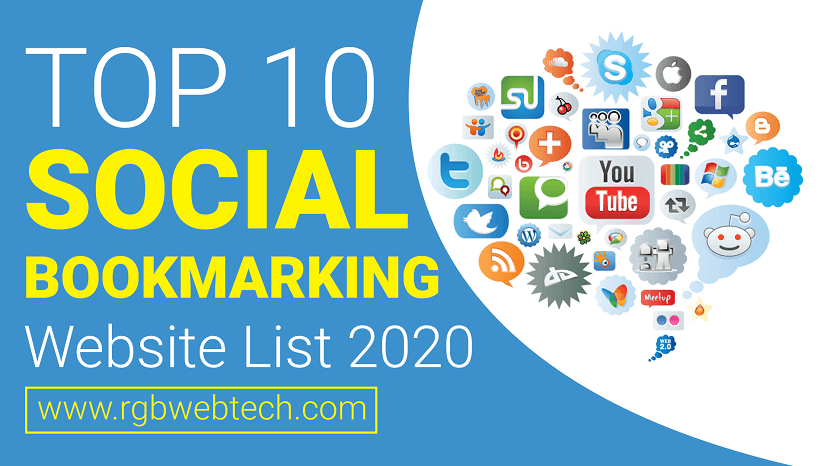
Social Bookmarking Sites List
Social Bookmarking is one of the Off-Page SEO techniques. On Social Bookmarking websites, you can share your site or blog content like images, articles ...

Linkedin Groups for Job Seekers
LinkedIn lets users join relevant groups, expand personal brands, and connect with more professionals to boost networking and visibility.

Facebook Groups for Job Seekers
Facebook lets users join relevant groups, expand their brand, and reach more people, enhancing networking and engagement opportunities.

Facebook Pages for Job Seekers
A Facebook fan page is used to advertise business, brand, product, or services. When a user visits the Facebook page, she/he can become a fan ...
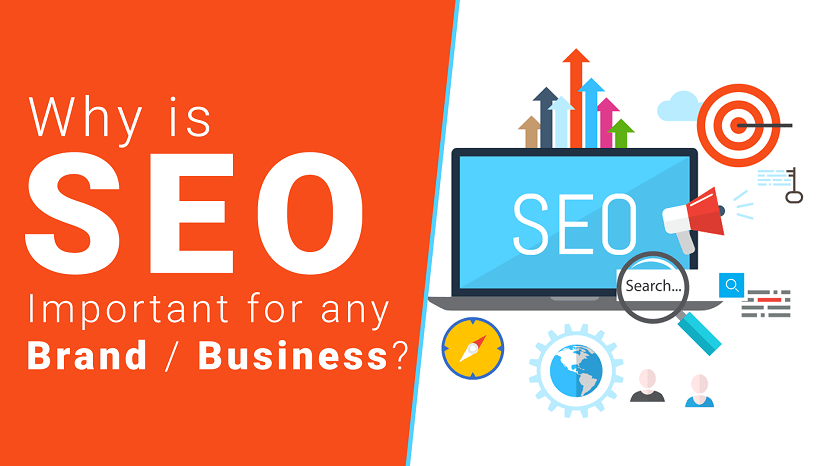
Why is SEO important for any Brand or Business
To survive in today’s competitive market, SEO is very imperative for any brand or business. The search engine serves millions of users per day
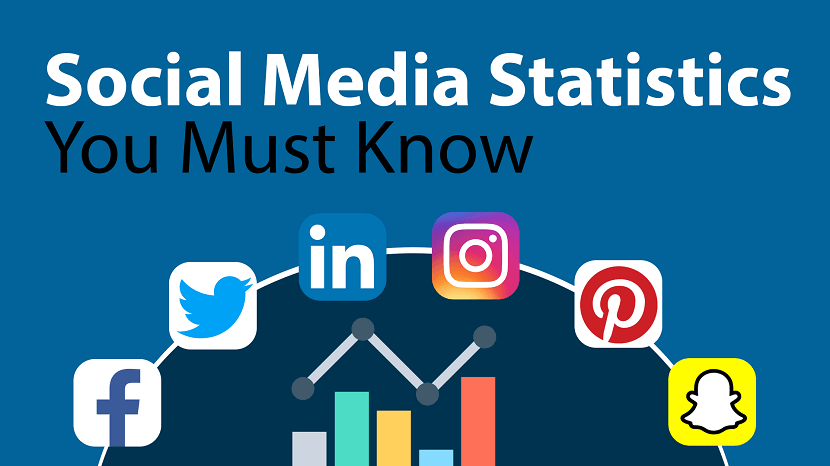
Social Media Statistics
Social media boasts of 4.55 billion users now–about 57.6% of the total world population. Its ability to connect the world never ceases to amaze.

Facebook Social Media Statistics
Facebook is the OG social media platform and the largest one by nearly every metric. Love it or hate it, the social giant — and soon-to-be harbinger ...
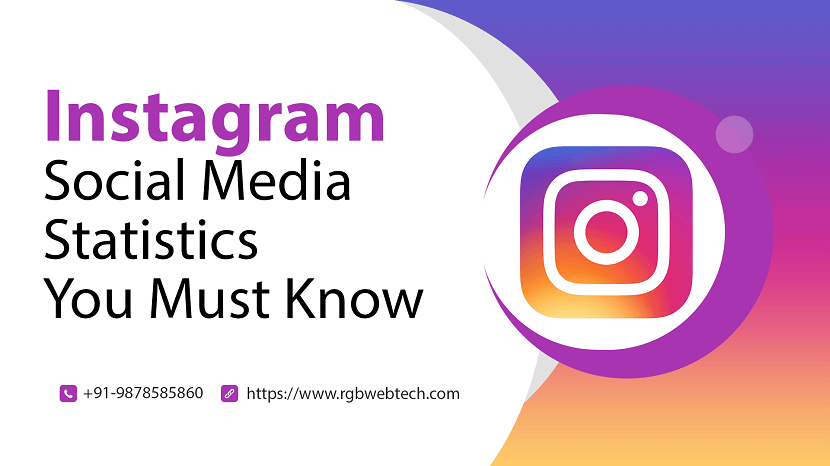
Instagram Social Media Statistics
As of January 2022, roughly 31 percent of global Instagram audiences were aged between 25 and 34 years. Over two thirds of total Instagram audiences ...
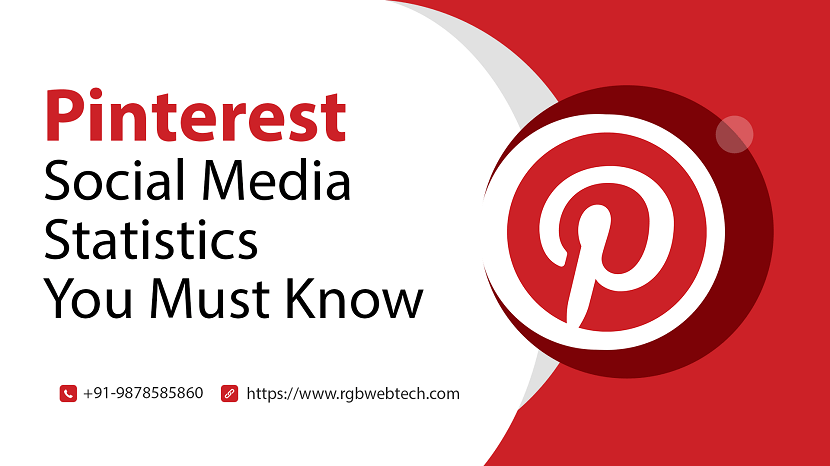
Pinterest Social Media Statistics
As of January 2022, Pinterest ranks 14th globally with active users, surpassing Twitter and Reddit in popularity. Discover its potential for your brand.

Twitter Social Media Statistics
Twitter is an online social networking service that enables users to send short 280-character messages called tweets. According to recent social media ...
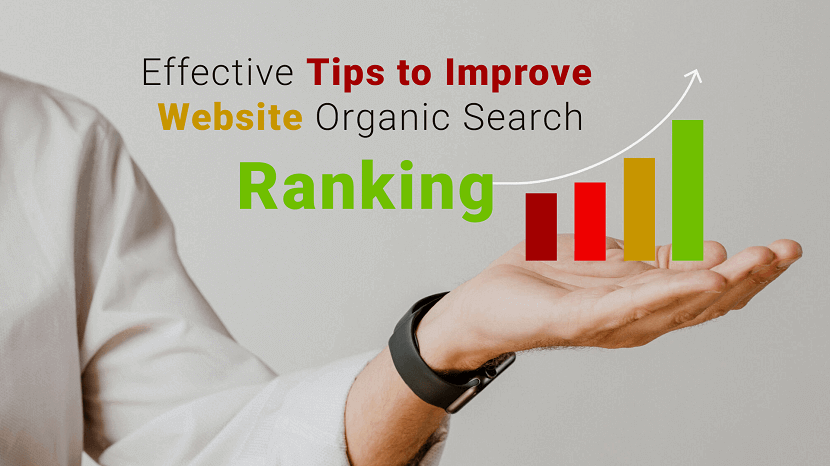
Improve Website Organic Search Ranking
Correct SEO allows Google to direct traffic to your business. Your site's Ranking determines the organic traffic you receive on Google's Search Engine ...
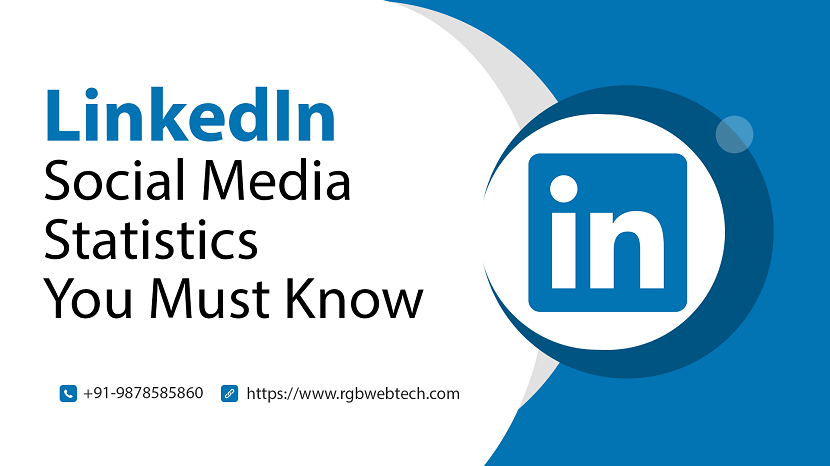
LinkedIn Social Media Statistics
The platform currently has over 660 million registered users, with 303 million of them being active on a monthly basis. 90 million of these users ...
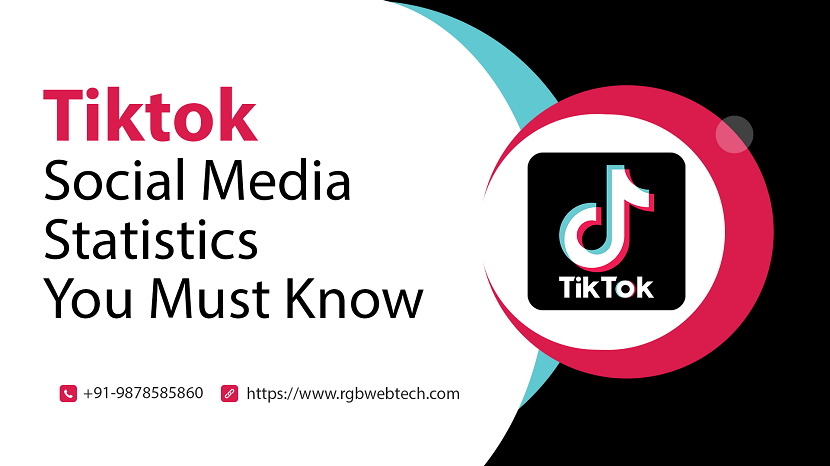
Tiktok Social Media Statistics
TikTok, with over 1 billion users in 150+ countries, is a powerful platform for brands. Discover how it can boost your brand visibility and growth.

SnapChat Social Media Statistics
Around 54.4% of Snapchat users are female and 44.6% are male. India has the most Snapchat users (115.95 million), followed by the U.S (106.2 million.)
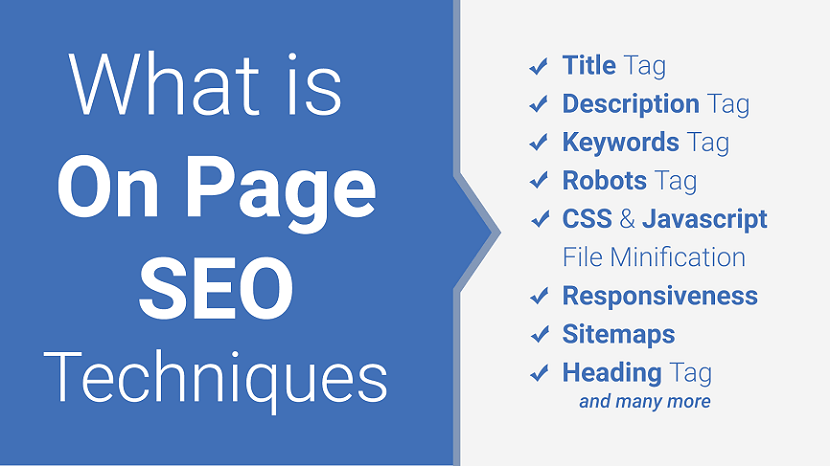
On Page SEO
Learn about the top On Page SEO Techniques that earn more relevant traffic and rank higher in search engines.
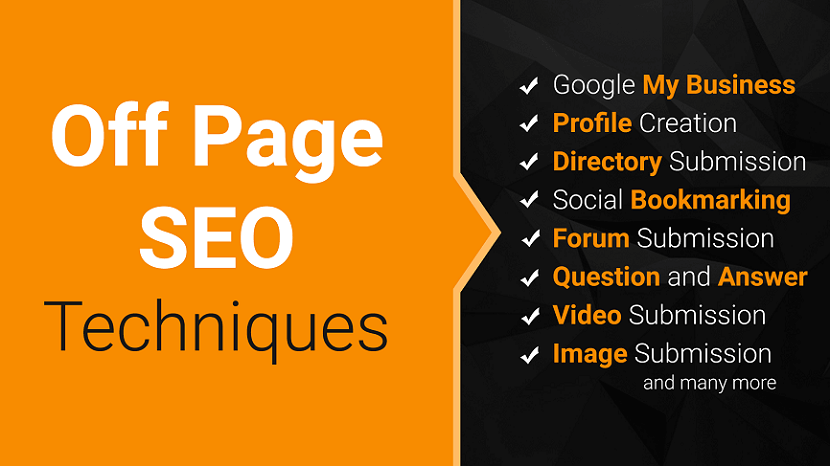
Off Page SEO
Learn about the best Off Page SEO Techniques that earn more relevant traffic to your website and rank higher in search engines.
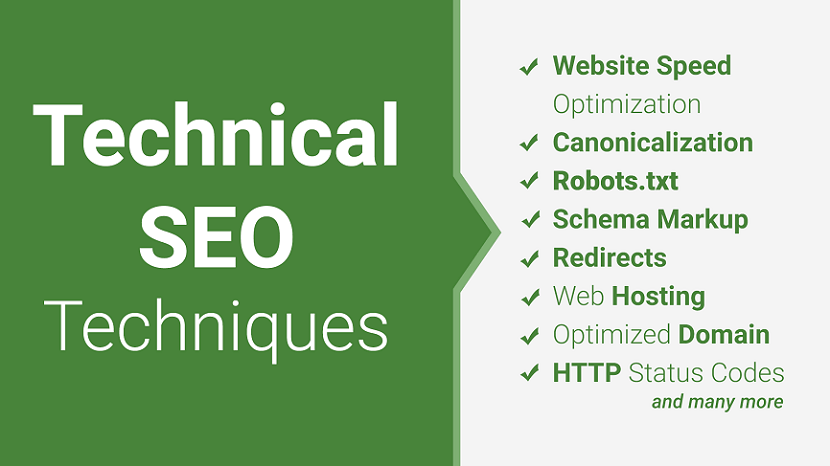
Technical SEO
Learn about the best Technical SEO Techniques that earn more relevant traffic to your website and rank higher in search engines.
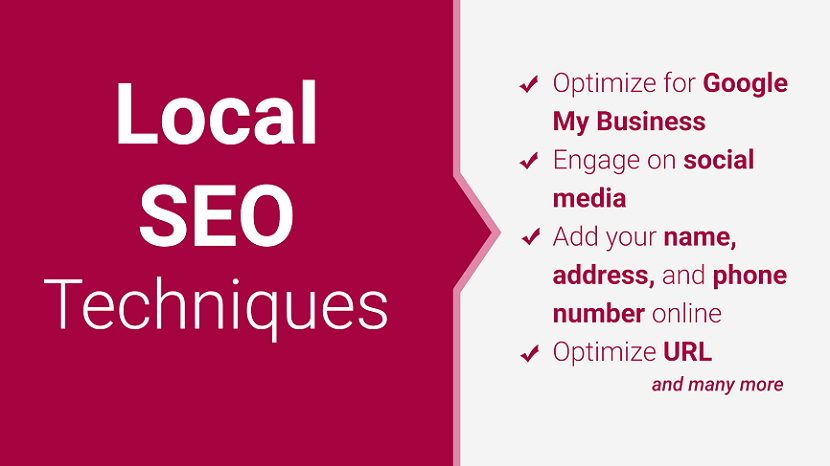
Local SEO
Learn about the Local SEO Techniques that earn more relevant traffic to your website and rank higher in search engines.
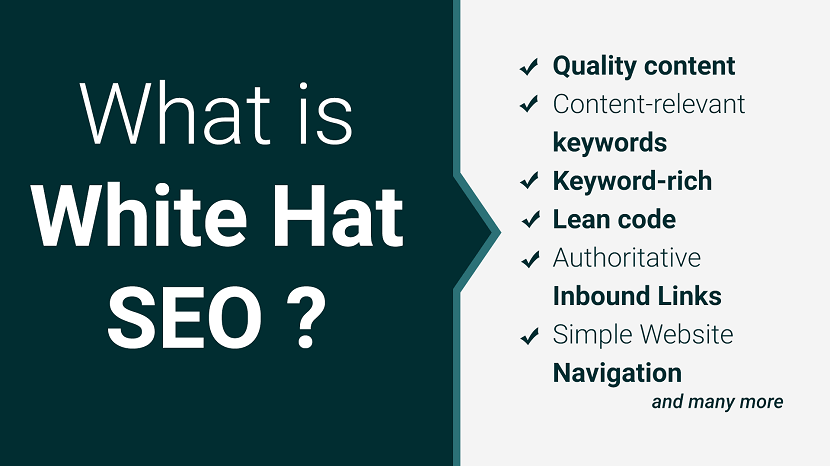
White Hat SEO
If you want your website to appear in the top results of search engines, you need to implement the best White Hat SEO techniques.
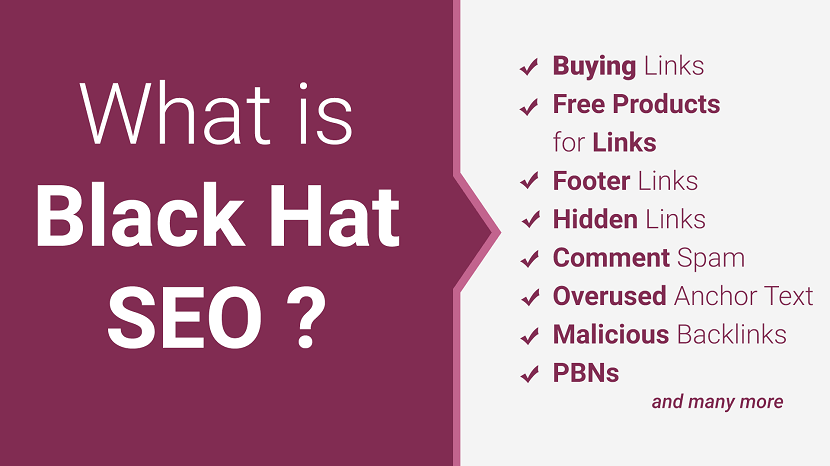
Black Hat SEO
This article will explain what black hat SEO techniques involve so you can make sure to avoid them when devising your organic search strategy.
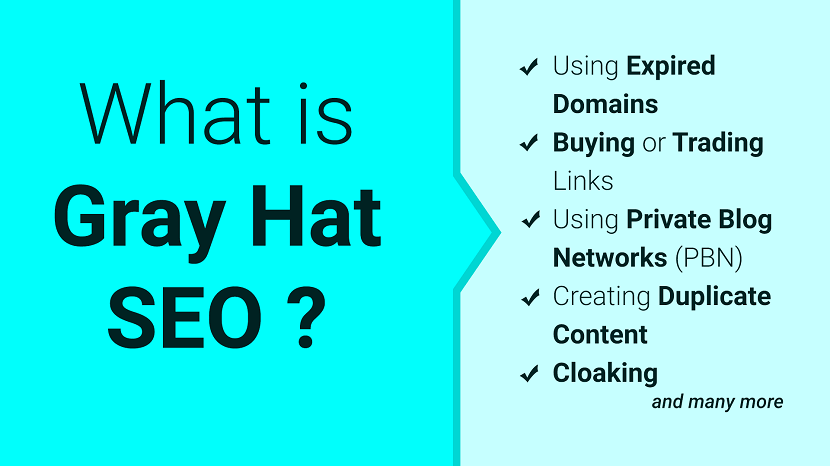
Gray Hat SEO
What is gray hat SEO?, and should your business be doing it? Get the facts on gray hat SEO here.
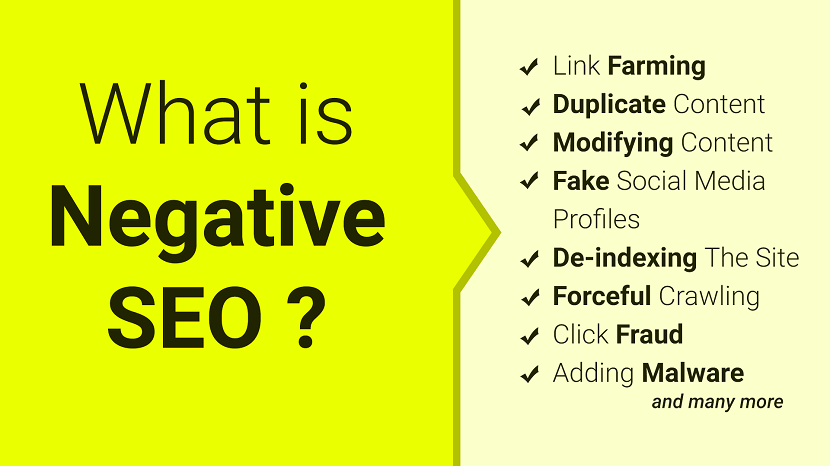
Negative SEO
Negative SEO is the act of using Black Hat SEO on other websites in order to get them penalized by Google. Learn more on how to defend against Negative SEO
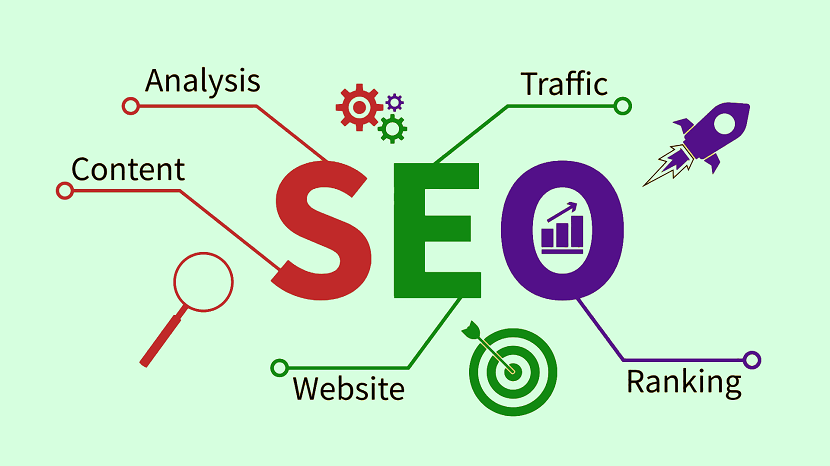
Search Engine Optimisation
Discover key SEO strategies to boost your website's visibility, enhance search rankings, and attract more organic traffic effectively.
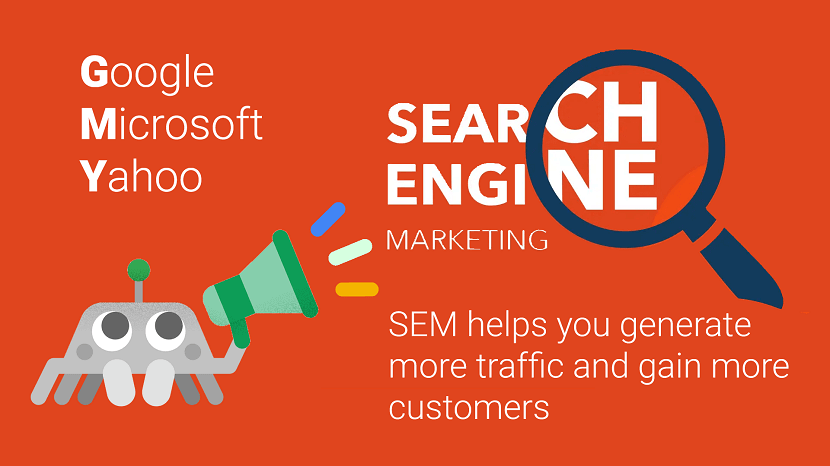
Search Engine Marketing
Search engine marketing (SEM) is a digital marketing strategy used to increase the visibility of a website in search engine results pages (SERPs).
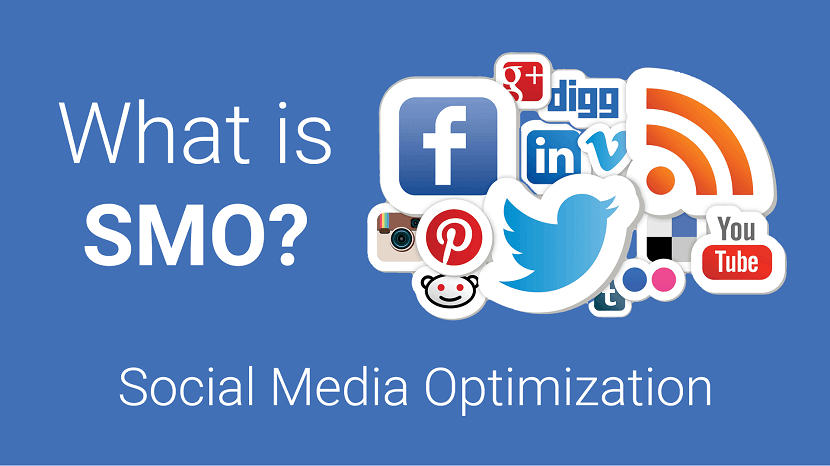
Social Media Optimization
Social media optimization (SMO) is the use of social media networks to manage and grow an organization’s message and online presence.
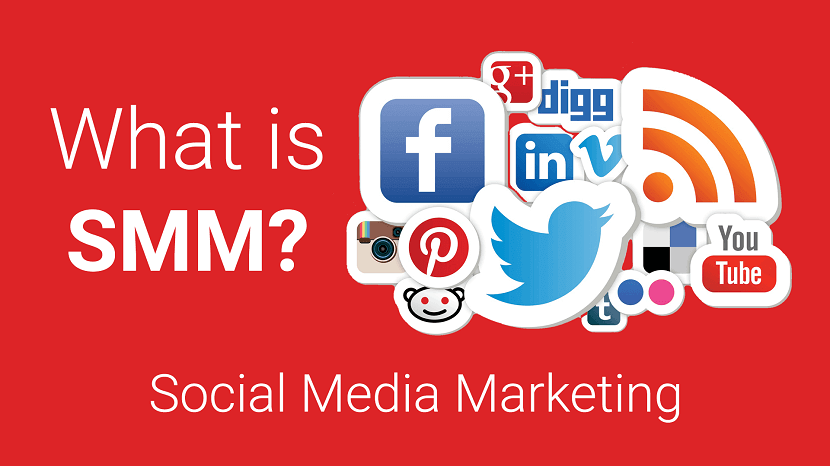
Social Media Marketing
Social media marketing is a powerful way to grow your business. Use these tips and steps to build your best social media marketing strategy.
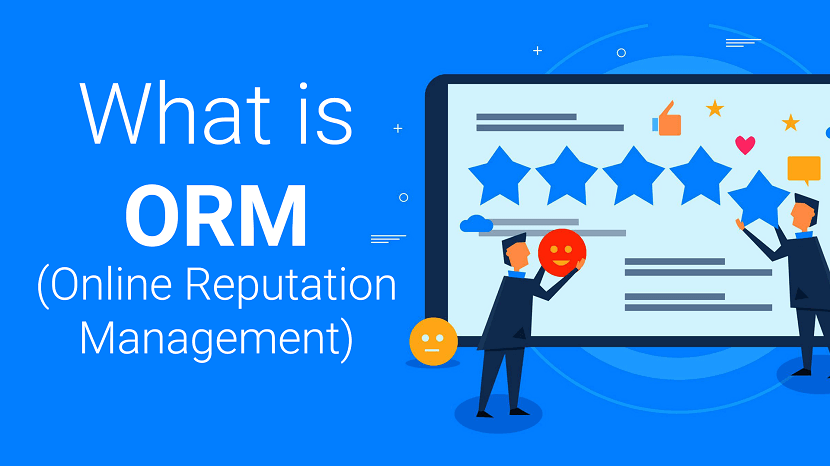
Reputation Management
Online reputation management is the effort to influence what and how people think of a brand or person on the web.

Conversion Rate Optimisation
Conversion rate optimization (CRO) helps you remove roadblocks to conversion on your website. Learn how to use CRO to get your customers to convert.

SEO Trends
Stay ahead of the digital game with the latest SEO trends for 2023! Boost rankings, drive traffic, and dominate search results.

SEO Marketing Business
Unlock growth potential! Explore SEO's vital role in business ops. Learn the synergy between search optimization and efficient operations

E-commerce SEO
Master E-commerce SEO in tough markets. Dominate your niche with proven strategies. Boost sales and outshine competitors.

SEO for Startups
Boost your startup's online presence with expert SEO strategies. Learn to rank higher and attract more customers in this comprehensive guide.

Without an SEO Checklist Your Google Ranking Will Fall
Boost your Google ranking with our SEO checklist! Don't let your website fall behind. Discover the key factors for online success now.

Marketing in the Digital Age
Unlock the power of digital innovations in marketing to drive exceptional results. Explore strategies reshaping the industry.

Image Optimisation for SEO
Maximize website visibility with effective image optimization! Enhance SEO by optimizing filenames, alt text, and image size for better rankings.

Optimize Video for SEO
Unlock the power of Video SEO to boost visibility and drive organic traffic. Optimize titles, descriptions, and engage viewers effectively!

Quality Writing in Digital Marketing
Transform your digital marketing with compelling content. Learn how quality writing drives conversions. A must-read for marketers!

Why Social Media Followers are Important
In today's world, social media followers signify influence, credibility, and reach, shaping perceptions and opportunities for individuals and businesses.

Leverage AI for Social Media Marketing
Unlock the power of AI for social media marketing with these 7 savvy strategies. Optimize, engage, and elevate your brand's online presence!

Trademark Monitoring is Key for Modern Brands
Discover why trademark monitoring is essential in today's digital world. Safeguard your brand's identity and reputation effectively.

SEO and SEM Approach to B2B Lead Generation
Explore an integrated SEO and SEM strategy for B2B lead generation, boosting visibility and conversions through synergistic digital tactics.

How to Increase Website Traffic
Discover effective strategies to boost your web traffic with our guide on increasing bulk traffic. Learn tips and techniques for success today!
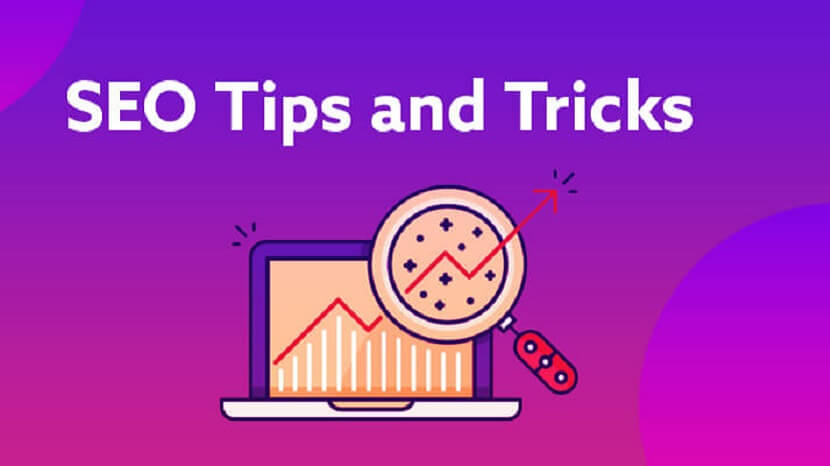
7 SEO Tips to Boost Your Website Search Engine Ranking
Boost your website's search engine ranking with these 7 essential SEO tips. Improve visibility, increase traffic, and achieve online success today!

Top 5 Most Powerful and Must-Have Email Marketing Tools
Discover the top 5 powerful email marketing tools that can elevate your campaigns. Must-have features for success in your marketing strategy!

Understanding the Role of Managed Network Services in Digital Marketing Strategy
Discover how managed network services enhance digital marketing strategies by optimizing performance, ensuring security, and driving growth.

How to Choose the Best Programmatic Ad Platforms for Your Strategy
Discover how to select the ideal programmatic ad platforms tailored to your marketing strategy, maximizing efficiency and ROI in your campaigns.

How to Evaluate the Success of your Guest Post Campaign
Learn how to measure the success of your guest post campaign with key metrics like traffic, engagement, backlinks, and conversions in our guide.

Top 5 Digital Marketing Trends for Retail Stores
Explore the top 5 digital marketing trends for retail: AI customization, social shopping, AR experiences, omnichannel strategies, & sustainable branding.

Effective Search Engine Marketing Tactics for B2B Software and Technology Advancements
Unlock growth with cutting-edge SEO strategies tailored for B2B tech firms. Elevate visibility and drive conversions with precise search engine marketing.

How To Write A Cold Email Techniques That Generate Leads
Properly executed, cold emails effectively build relationships and generate valuable leads. Start refining your cold email strategy today!

The Path to Mastery Developing Copywriting Skills for Beginners
Learn essential copywriting skills with our beginner-friendly guide,

The Consequences of Plagiarism on Your Guest Blogging Efforts
Discover the serious repercussions of plagiarism on your guest blogging efforts, from damaged reputation to lost opportunities and SEO penalties.

How White Hat Link Building Avoids Google Penalties
Discover how white hat link building strategies help your website avoid Google penalties by focusing on ethical practices and quality content.

Link Building Through Guest Blogging
Discover effective strategies for link building through guest blogging. Boost your site's SEO, drive traffic, and enhance online visibility today!
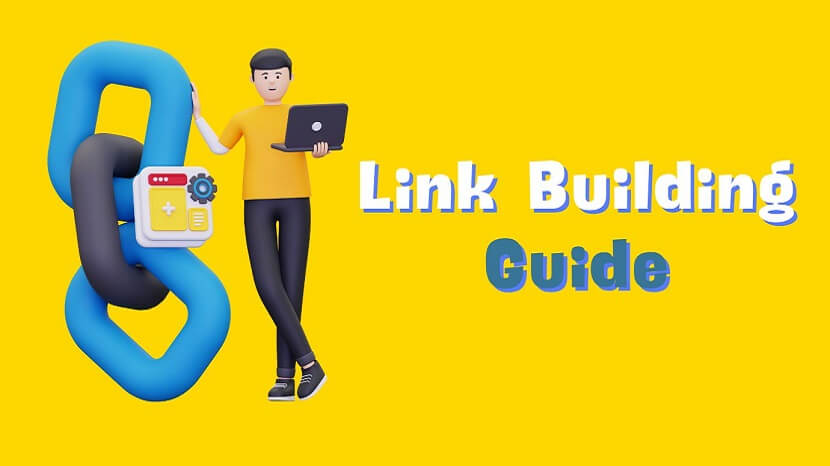
The Complete Link Building Guide: Proven Techniques to Enhance Your SEO
Boost your SEO with our Complete Link Building Guide! Learn proven techniques to acquire quality backlinks and improve search rankings.

How can marketing automation drive personalized communication through WhatsApp?
Unlock the power of personalized marketing on WhatsApp with automation and data integration to engage customers effectively and boost interactions.

How to Write Guest Posts That Get Accepted Every Time
Discover proven strategies for crafting guest posts that get accepted every time. Boost your outreach success with expert tips and tricks.
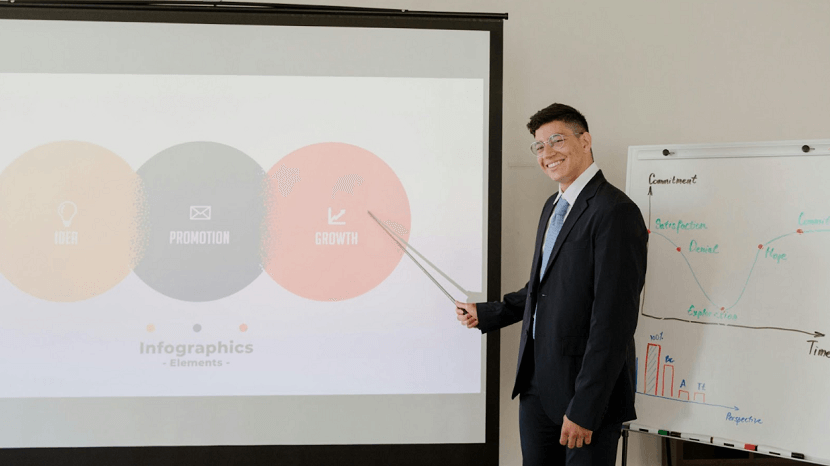
Tips on How to Successfully Promote Your Marketing Business
Unlock expert tips to effectively promote your marketing business. Boost your brand, enhance online presence, and drive client growth successfully!

Key Event Marketing Tips and Strategies for Success
Master key event marketing tips and strategies to boost visibility, drive attendance, and achieve event success. Expert insights await!

SEO Companies for Attorneys
The perfect SEO company for attorneys! Learn key signs to ensure you choose experts who can boost your legal practice's online success.

How Tailored SEO Solutions Can Revolutionize HVAC Industry Growth
How tailored SEO solutions can drive growth in the HVAC industry by boosting online visibility, leads, and customer engagement.

Social Media Marketing Events
Learn how to promote your event using social media! Boost engagement, drive registrations & maximize reach with expert strategies.

Free and Paid SEO Tools
The best free and paid SEO tools in 2025 to boost rankings, analyze performance, and optimize your website for success. Explore top picks now!

Video Trends for Your Brand Marketing
In 2025, there’s a new set of video trends that companies should know about for refining their brand marketing. Here are the video trends that will help your brand excel among your competitors.
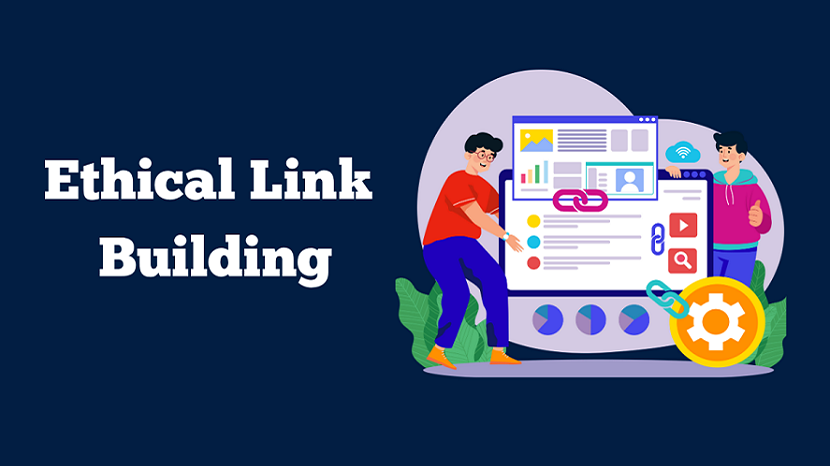
The Shift Toward Quality: Why Ethical Link Building Wins
Discover why ethical link building outperforms shortcuts—boost SEO with quality, trust, and sustainable growth in digital marketing.

SEO and Duplicate Content
Struggling with the problem of duplicate content? Plagiarism can damage your ranking position. Read on to find out why duplicate content occurs and how you can fix it without...
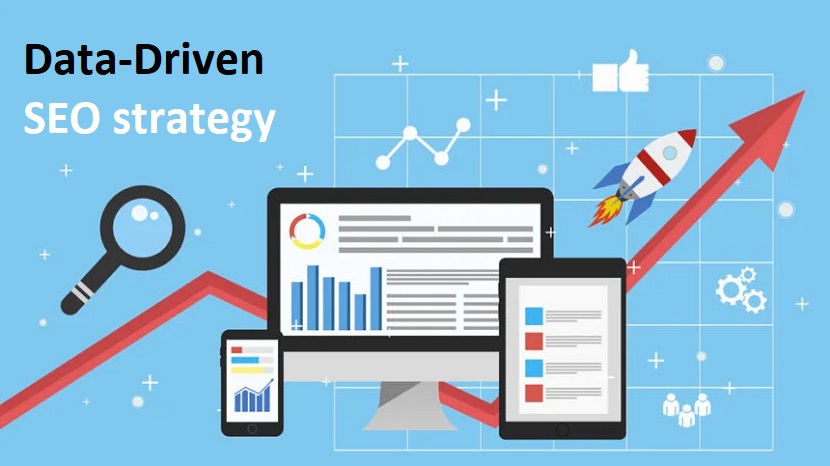
Data-Driven SEO strategy
How data-driven SEO strategies are revolutionizing digital marketing by boosting traffic, rankings, and user engagement in 2025 and beyond.
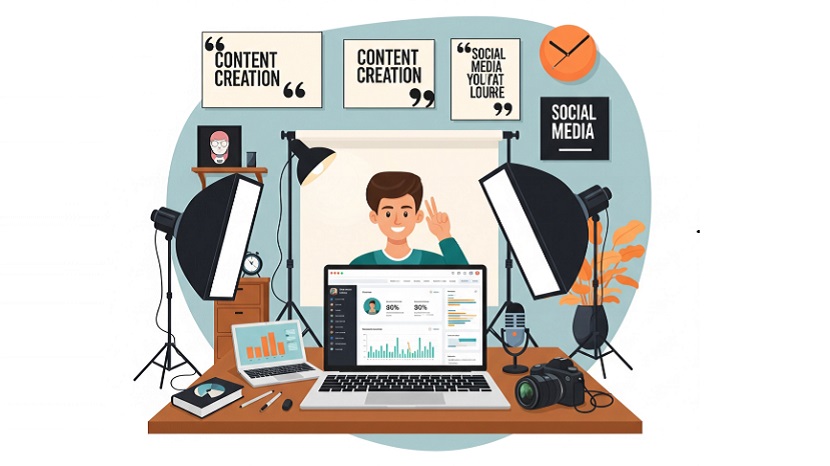
Skyrocket Your Social Media Presence
How to increase views can enhance your social media presence, boost engagement, and grow your audience. Learn effective strategies to maximize visibility.

Real-Time SEO Reporting
Advantages of real-time SEO reporting for your business. Learn how live insights, data tracking, and performance analysis can boost visibility, rankings, and ROI.

The Role of AI in Real Estate Digital Marketing
How Artificial Intelligence is transforming real estate digital marketing with smarter campaigns, predictive analytics, and higher-quality leads. Learn how AI-driven tools can boost conversions and revolutionize your property marketing strategy.

How Experiential Marketing Can Work Alongside Your Online Campaigns
How experiential marketing can work alongside your online campaigns to create deeper brand connections, enhance engagement, and drive measurable results both offline and online.
